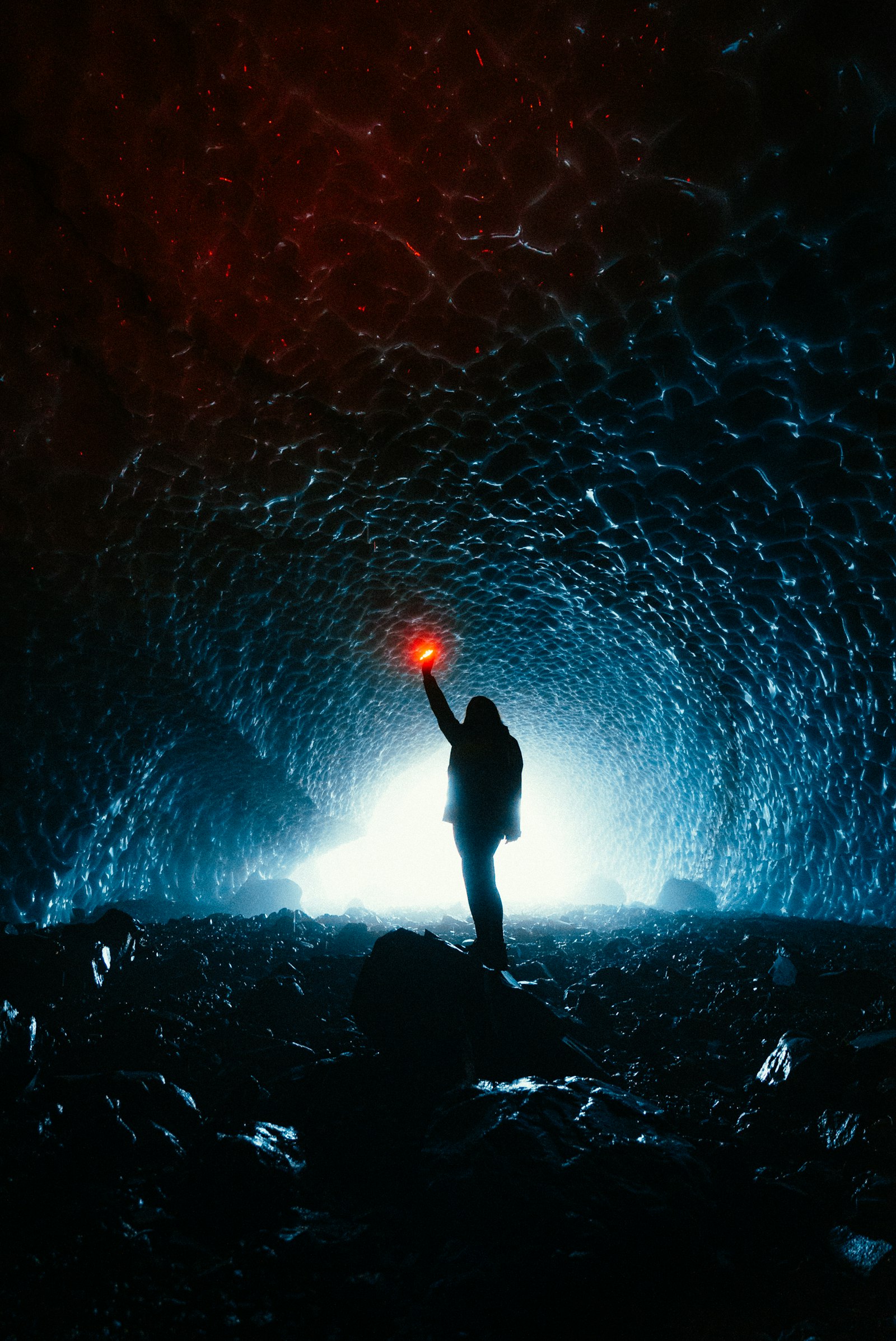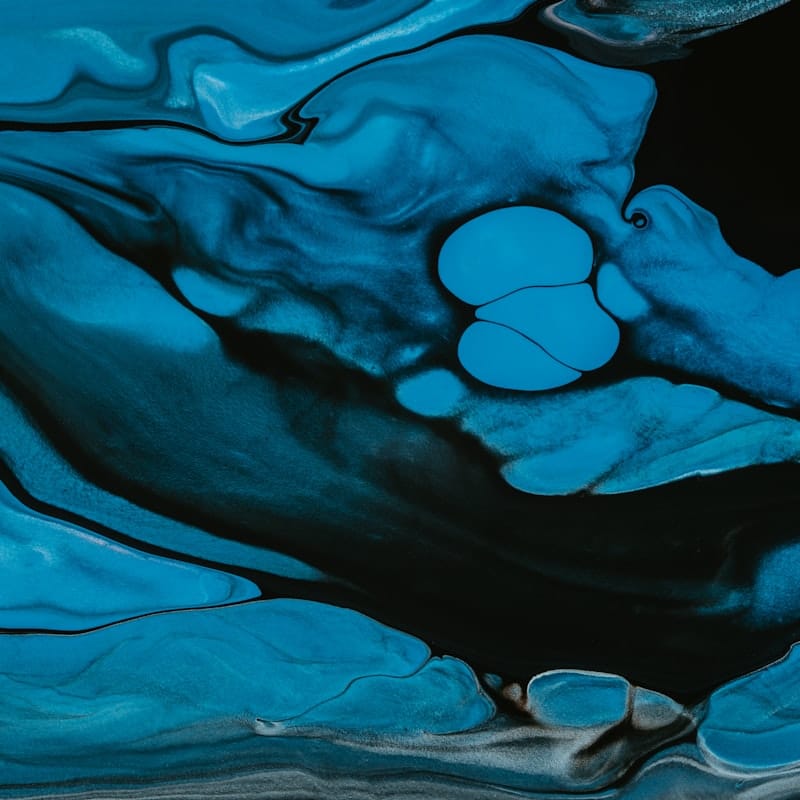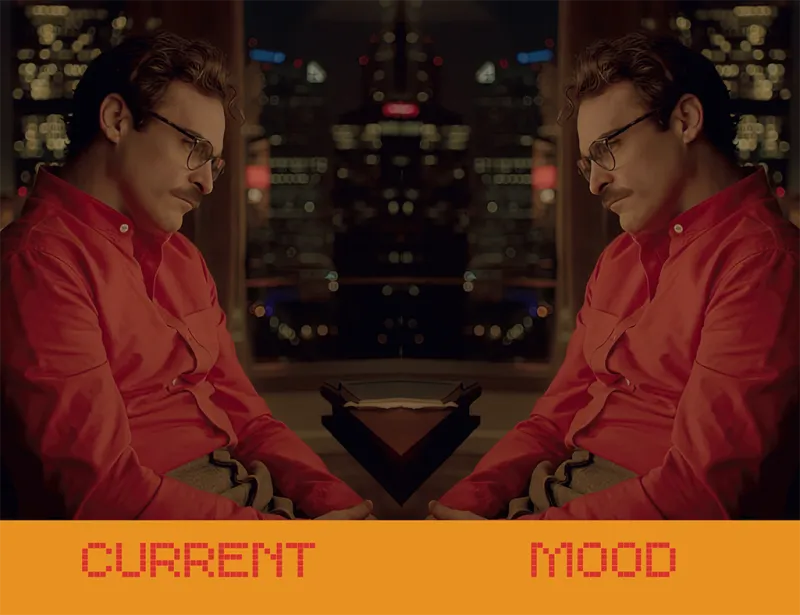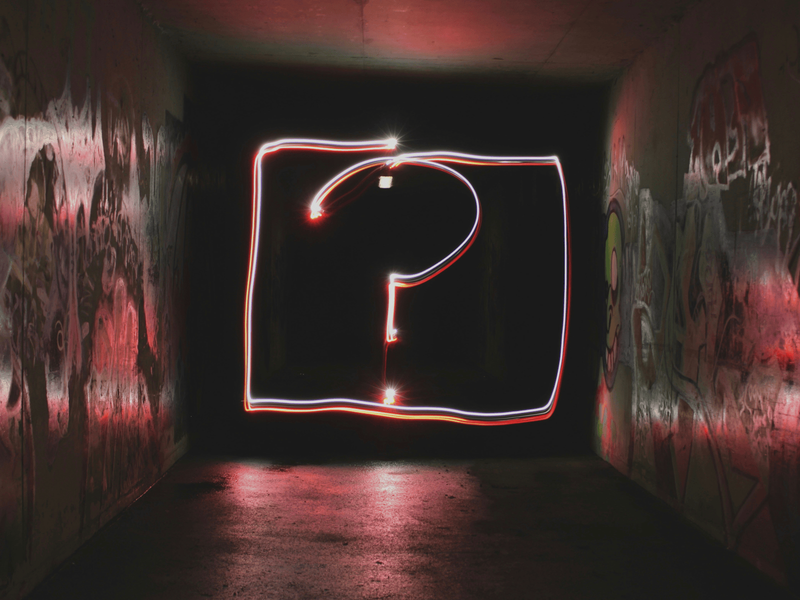A collection of essays reflecting on the current landscape of design and of the role of the designer.
Hi everyone, Kevin here.
Readers and members of the Design & Critical Thinking community might already know, but some weeks ago we opened-up contributions to an ongoing discussion on the “state of design” through our call for participation.
This post ends the series and provides an overview of all the contributions. I hope you enjoyed this project as much as I did! It was intense, both for you in terms of rhythm –about one post a day, hope I did not clutter your inbox too much– and for our members. All is not over yet, and you are invited to join us for online discussion on April 26th, 5 pm CET.
Happy to report that, overall, 17 members joined the call and 8 submitted contributions, which given the short deadline for submission, is a very good ratio. But beyond that, I can't thank our contributors enough for their enthusiasm, commitment, generosity and the quality of their contributions! This project exists because of you. Thank you.
As a reminder, the themes that were proposed for discussion were the following:
- The state of UX or “late-stage UX”
- The “decline of design”, the “downfall of designers”
- The commodification of the design process and/or activities
- The lay-offs; shrinking market; no more free money; low entry level / inadequate skills; etc
- The replacement of design roles by [AI]
- Beyond the hype, beyond the clutter
- The future of design and designers’ role
- Where should design be next? What should design do next?
- What does that mean for organisations, services, products, human experiences;
- Critical thinking
- What are we missing?
- What are the misdirections?
- What are the false promises/apocalypses?
- What are the weak signals?

A collection of perspectives on the state of design, 2024
Here are all the contributions from our amazing members. Enjoy!
- Of Permacrisis and Peak Design, by Marc Baumgartner
- The Evolving Landscape of Design in 2024, by Linh Nguyen
- Web Designing, Architecting, AI-ing, by Matt Ji
- The State of Design: An Unnecessary Topic to Write About, by Vinish Garg
- Ask the Right Question, by Jennifer Fraser and Scott Plewes
- A no-bullshit policy for Design, by Daiana Zavate
- De designer à ambassadeur de la culture design, quand le designer devient un catalyseur de transformations, par Fabrice Liut
- Here Be Angels, by Julian Bleecker
- On the Vanishing UX Industry, Design Positioning and Trends, Kevin Richard and Vy Alechnavicius
Check-out what was captured during the discussion:
Of Permacrisis and Peak Design, by Marc Baumgartner
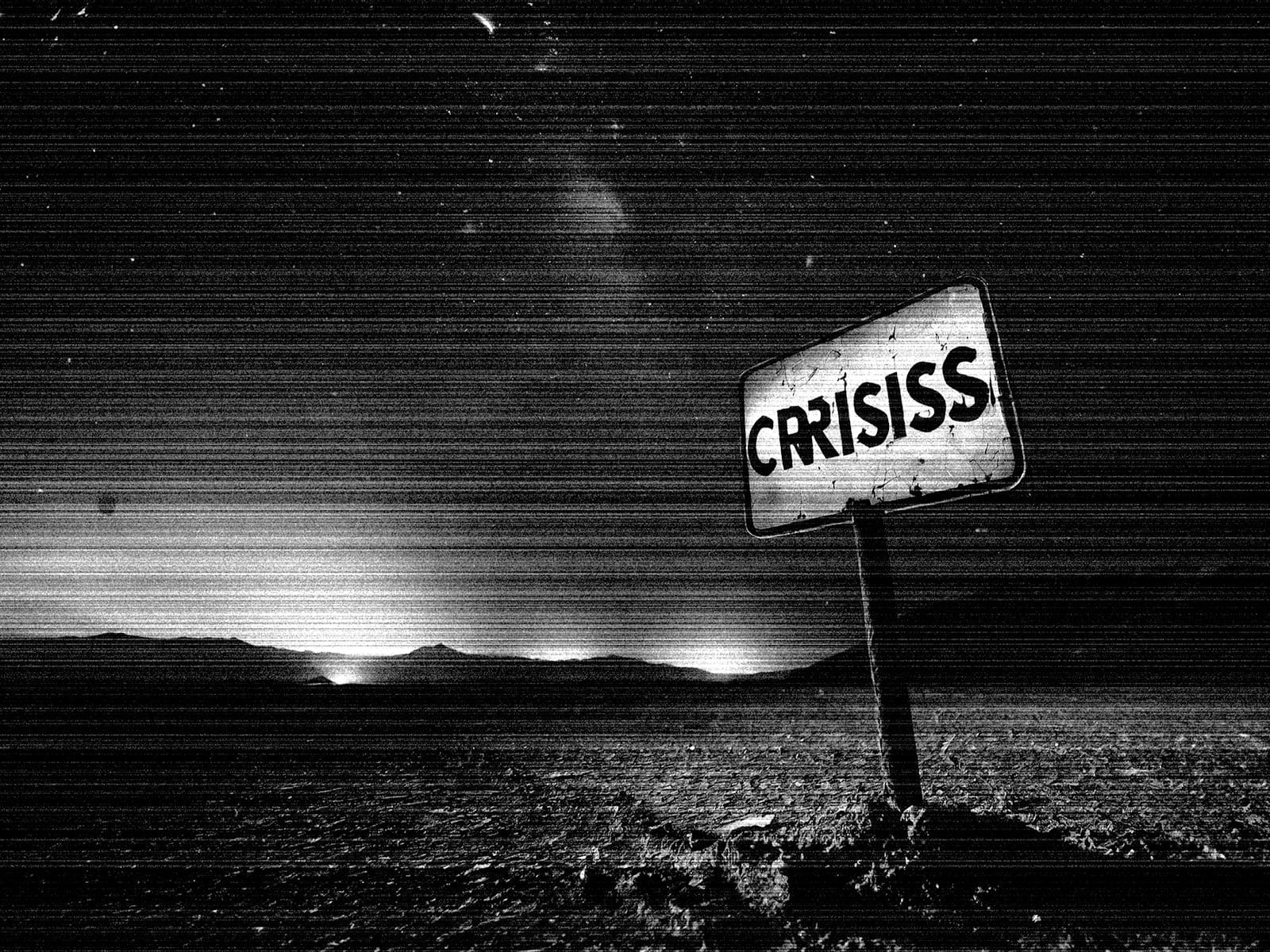
Design seems to be in a neverending crisis, especially when it comes to proving its value. The challenges caused by the emergence of AI and the current economic downturn make the devaluation of design even more problematic. Have we hit “peak design”? If so, what that might mean for design practice? What can design do to reclaim its relevance and address complex problems? The essay questions whether design should revamp its business models to be able to focus on solving tough problems and to prove its worth and impact and if that will be enough to ensure its future relevance.
The Evolving Landscape of Design in 2024, by Linh Nguyen
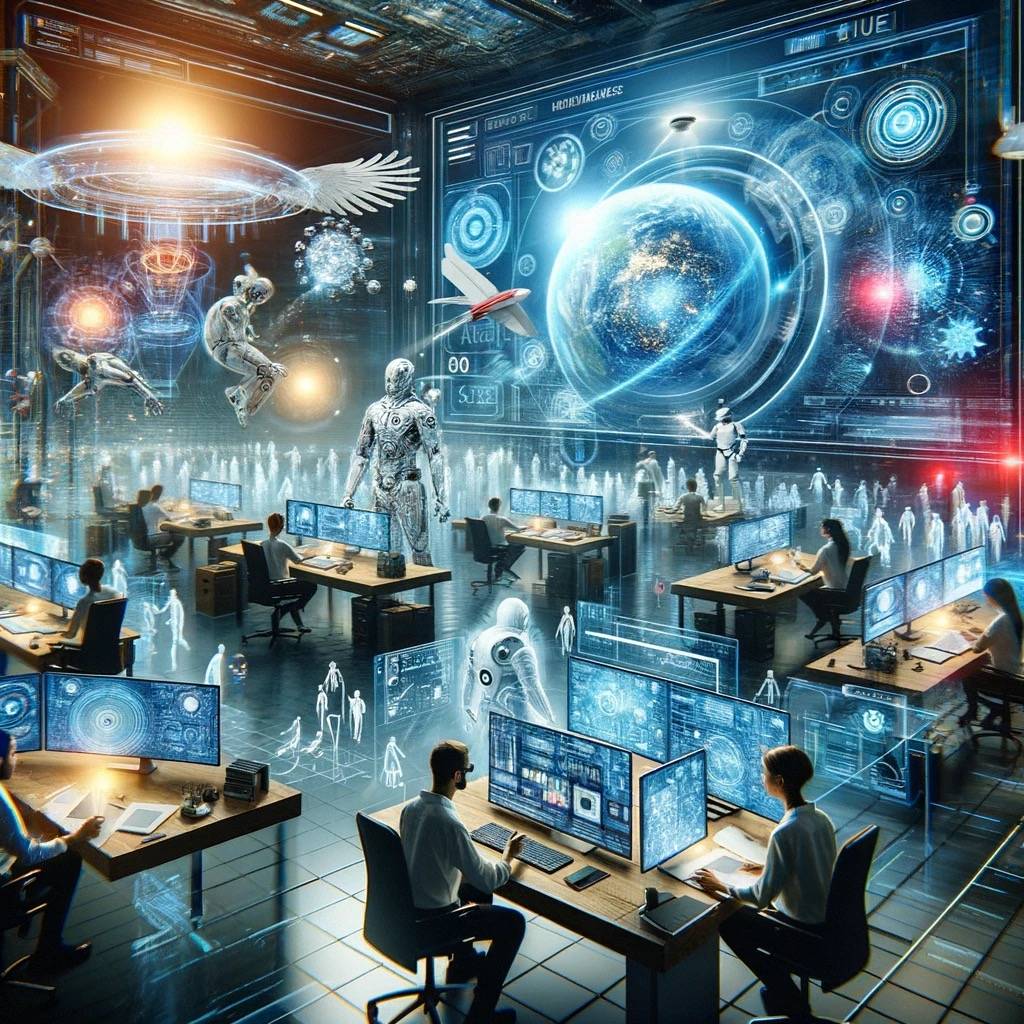
In 2024, there will be both possibilities and difficulties in UX design. While affordable and flexible, online education programmes might not give us enough real-world experience. UX designers are in high demand in both the tech and non-tech sectors, but competition for jobs is fierce, particularly in the wake of pandemic-related layoffs that have favoured seasoned designers with experience in specific domain. The reality of UX practice includes complicated collaborations, quick changes, meeting deadlines, and striking a balance between user wants and company objectives. The business is changing as a result of automation and artificial intelligence (AI) as well, which streamlines procedures while posing questions about the possible replacement of human designers. Nevertheless, creativity and emotional intelligence are still crucial.
Web Designing, Architecting, AI-ing, by Matt Ji
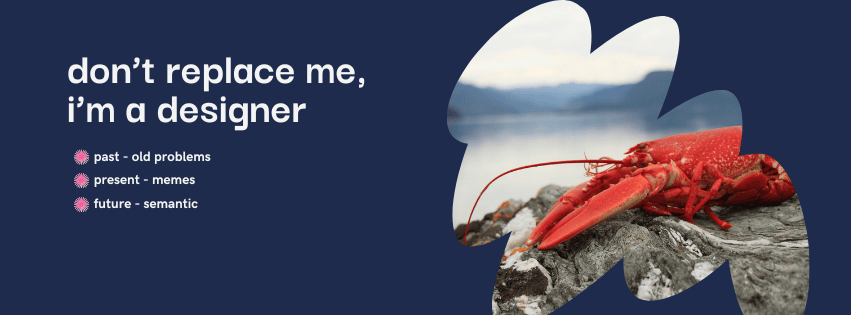
Web can be viewed from many angles: Old and new, big and small, uniform and diverse. It's hard to pick along a continuum because the tribes like to territorialize. This poses a problem and an opportunity for planeswalkers to take advantage of three key evolving themes of the web: javascript vs all the other languages, corporate monopoly of backend data, AI's role at completing the trilogy of the semantic cybernetic future of intelligence.
The State of Design: An Unnecessary Topic to Write About, by Vinish Garg
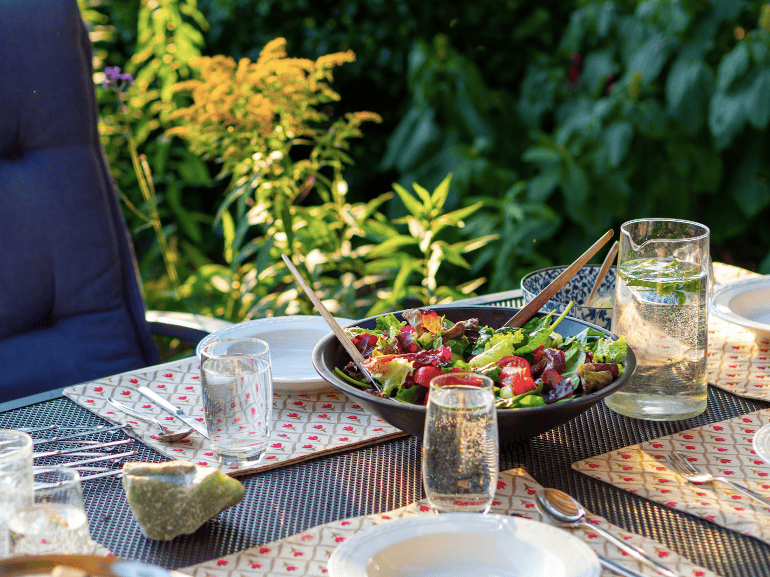
Design has been part of our systems since ages and across the generations—in manual tools for use by our hands, in the machines, in print and media, and now in technology. We had design engineers designing our cars one hundred years ago. We always had textile designers, and cutlery designers.
Do we need to question the state of something that has been a default ever since we can imagine? Do we talk about the state of chair design—for the chair that we use for our work, or the state of cutlery design while having food?
Think of a small business anywhere in the world who makes water bottles—can they manufacture bottles without thinking of its usability for the users? Can an architect plan designing a school or park, without thinking like a designer?
When you talk about the modern cities and the streets where kids cannot play—this is not only an administration failure or policy failure—this is a design failure.
It sounds funny that the organizations seek design maturity in the design systems or in design operations whereas the design fails them in the sign up forms and in the dashboards. We see it all the time. Every single day.
We need to position our design judgment better. For being a part of the design food chain—as producers and as consumers. We just need to design with common sense—our collective common sense.
Ask the Right Question, by Jennifer Fraser and Scott Plewes
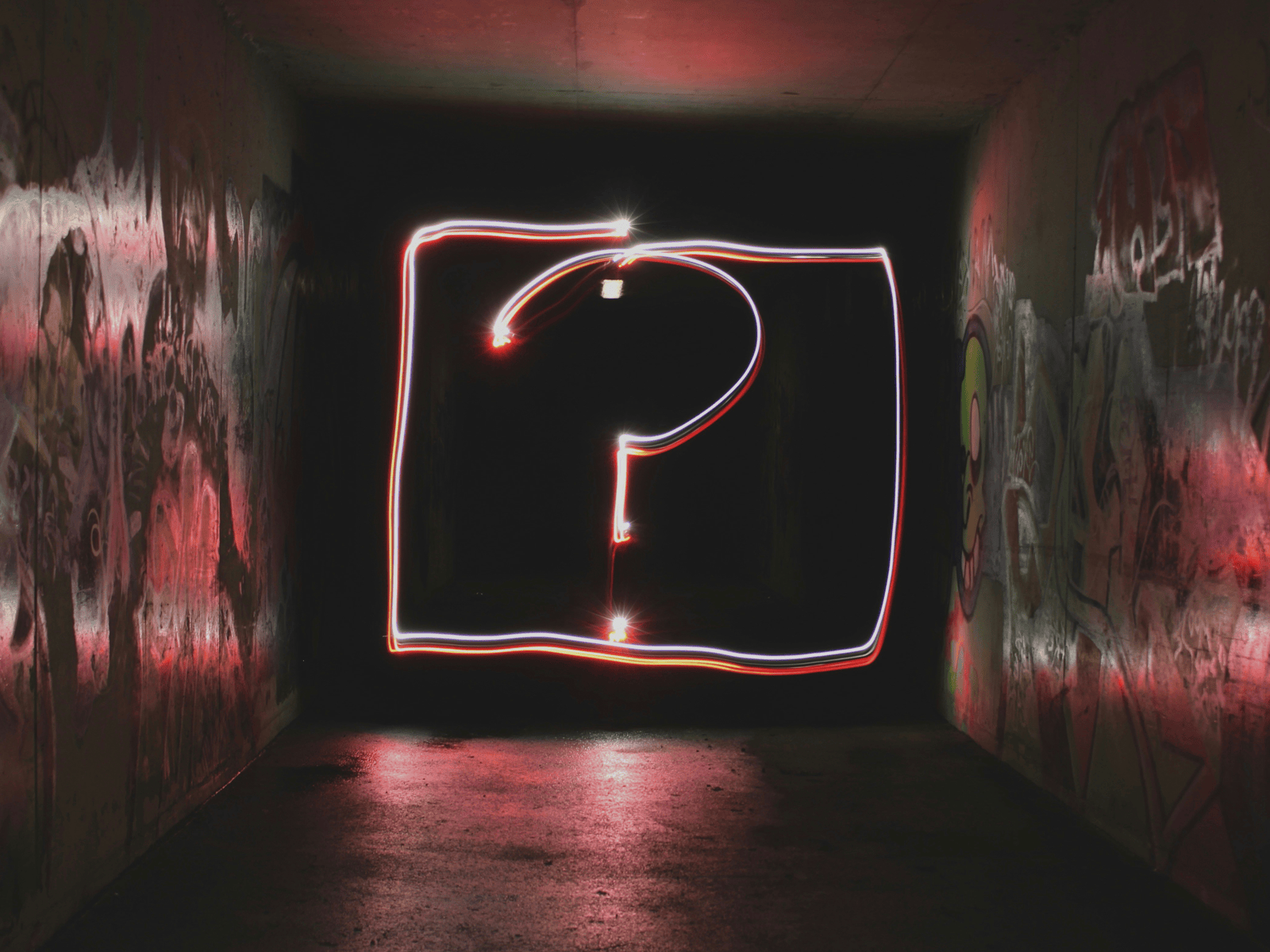
What is the right way to evaluate the current “state” of UX? In a world where business stakeholders are focused on numbers and metrics to ascertain value, how does UX play a role in this STEM-obsessed world? We can start by asking the right questions and instead of looking within, look at how well we are adapting to our ecosystem at this moment in time.
A no-bullshit policy for Design, by Daiana Zavate

Moving forward towards an intended future and not one plagued by complications and impractical means to increase the quality of life where it's most needed, Strategic Design needs to lead a way that emphasizes on practicality and clear communication. Putting the right conditions in place for businesses to solve their own problems first before they attempt to leave a mark on their customers and the environment is something that Strategic Design can do well, but the task shouldn't be underestimated. For far too long, too much has been said and too little implemented. Reasons vary from systemic clashes, roadblocks in collaboration and poor understanding of problems. But if anyone is better equipped to act as a bridge between design and the world, that's Strategic Designers.
De designer à ambassadeur de la culture design, quand le designer devient un catalyseur de transformations, par Fabrice Liut
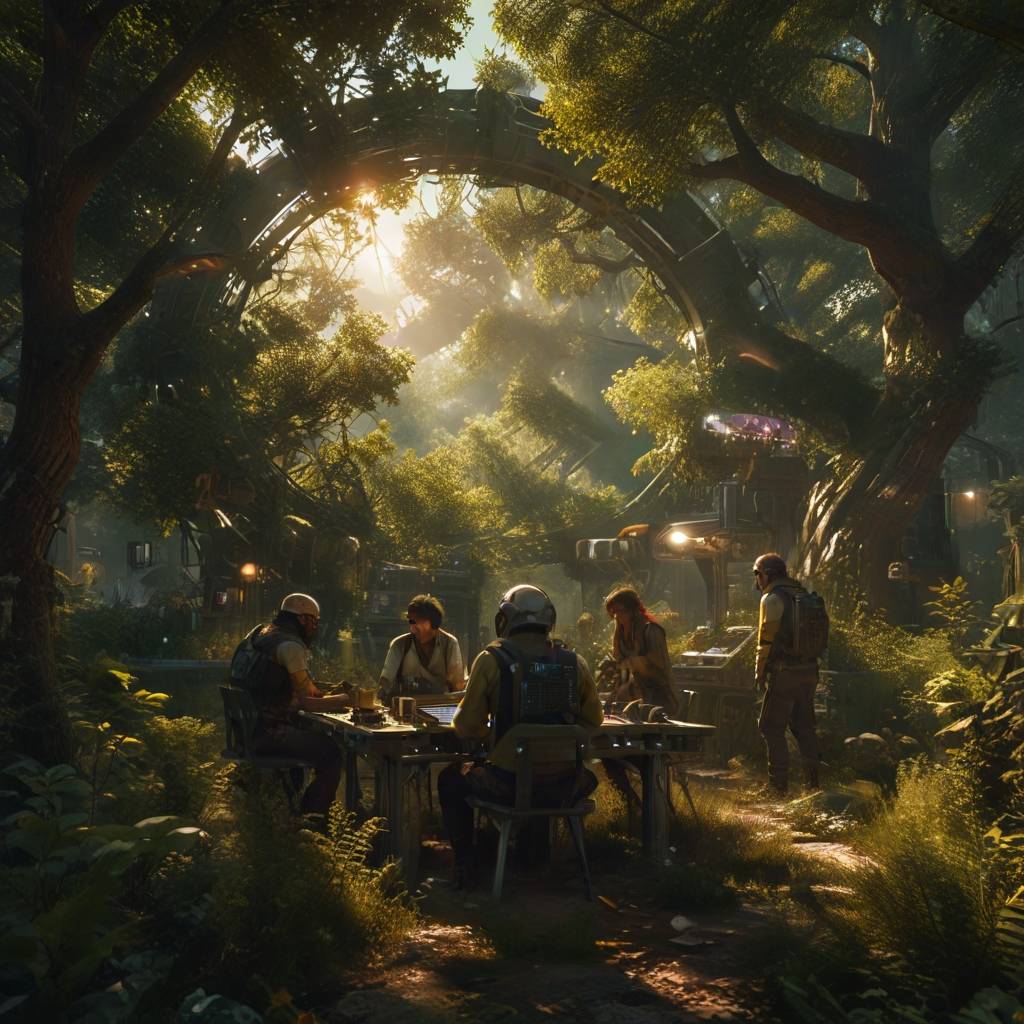
Designer depuis 15 ans, Fabrice a évolué vers un rôle de "designer systémique & régénératif" intégrant diverses pratiques connexes telles que la bio-inspiration, la facilitation et l'anthropologie, affirmant que le designer est un caméléon capable de s'adapter à des univers variés pour concevoir de façon sensée et sensible.
Malgré la valorisation croissante du design dans certaines organisations, notamment en tant que ressource essentielle, le poste de “Chief Design Officer” reste peu répandu, ce qui soulève des questions sur la perception du design et la nécessité, ou pas, d'éduquer les dirigeants pour intégrer pleinement la pensée design dans la culture d'entreprise.
Fabrice a choisi de ne presque plus parler de design et de se positionner comme “chief of staff”, un rôle mieux compris aujourd’hui et qui sera essentiel demain au sein des organisations.
Here Be Angels, by Julian Bleecker
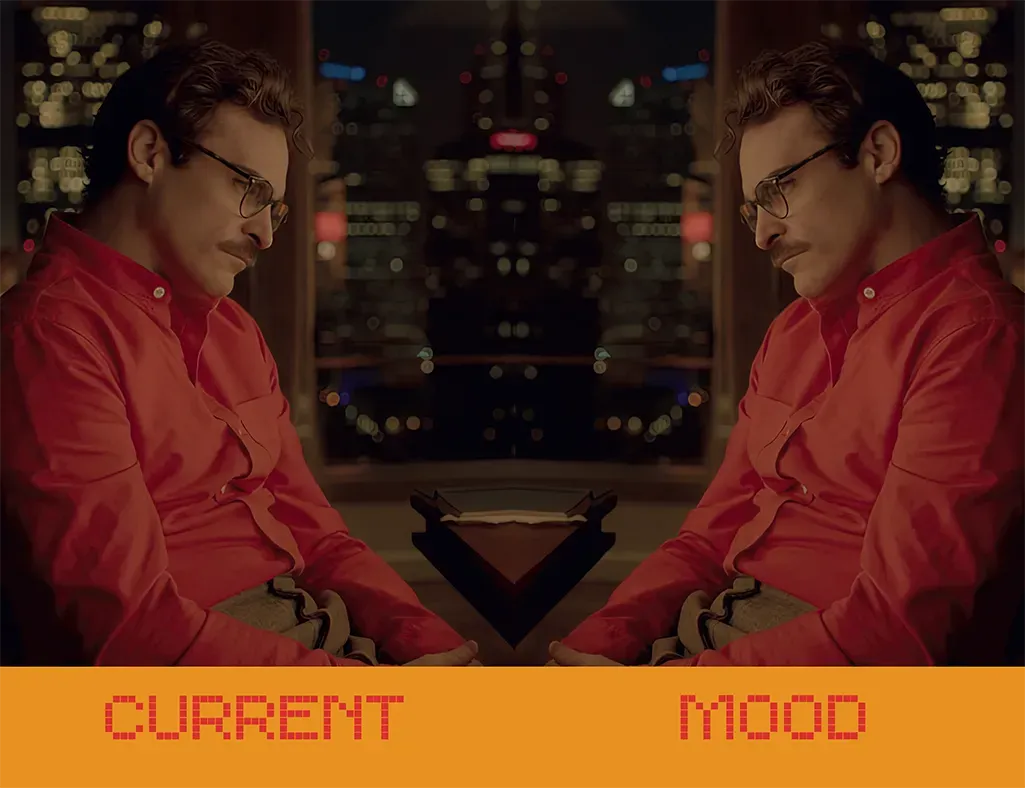
I’m going to say some mean sounding things. They sound mean, but I don’t mean you ill. I’m not trying to shame anyone, even as I point out shame-worthy behavior. I’m not trying to be an asshole. I don’t mean to inflict pain or kick you when you’re feeling glum or angry or confused.
I want to help.
I’m going to be plain.
I’m going to be direct.
[...]
You were born into a world in which Art and Money are meant to be in conflict, opposed forever.
Let me say that again with some new idioms: You were born into a world in which Imagination and Structure are set against each other and, really — do you know why?
[...]
That’s all a set-up concocted at some point — maybe we can blame modernity — to imagine that there can never be rich, meaningful, mutually beneficial collaboration amongst art and money, between creativity and rationality, between Imagination and Structure. It’s a set-up that it’s a zero-sum game, and one party will always lose — and by lose I mean, give up on its value by giving up on its values.
[...]
Wait. Is this what design has become?
Is this the table setting we wanted? The one where the creative consciousness can sit down and indulge itself? Make its nut and get the “underpriced” $1.3MM 2 bed, 1 bath, single-story bungalow I just heard about over in Los Feliz?
[...]
For many, the lure of prominence, pay, a Head of.. title,andpridefulgloatingwas just beneath the surface of earnestly claiming that you were ‘creating products with love’ (or however we expressed our contribution as a well-functioning, well-disciplined unit of economic value creation.)
Whereas once there was an ascendency of design in the C-Suite because the creative consciousness — wait..I mean “design” — got a seat at the table, now there’s a crisis, because the creative consciousness — sorry, I meant to write “design” — got a seat at the table.
Really, what did you expect when you were invited to a seat at that particular table?
On the Vanishing UX Industry, Design Positioning and Trends, Kevin Richard and Vy Alechnavicius
Vanishing UX Industry, Design Positioning and Trends with Kevin Richard – Experience Designed Podcast
Thanks for reading, and a very special thank you to all our amazing contributors: Linh, Vinish, Marc, Jennifer, Scott, Matt, Daiana, Fabrice, Julian.
Kevin from Design & Critical Thinking.

